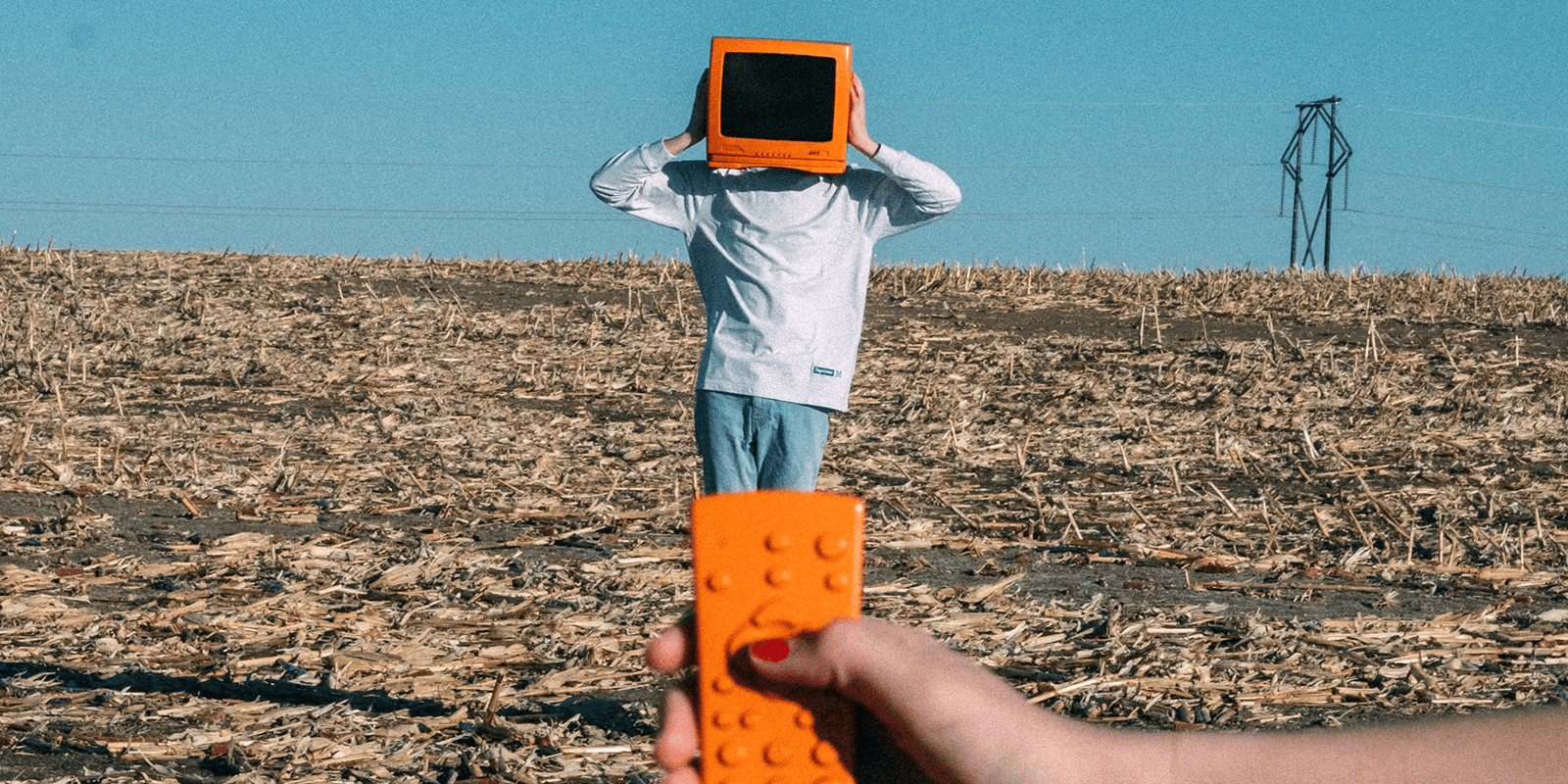BVOD in focus: planning for success

By Olivia Collins, Account Media Manager
Broadcaster Video on Demand (BVOD) is predicted to be one of the fastest growing advertising mediums in the UK by 2023. However, advertisers and agencies have identified a significant data gap in this area. They’ve highlighted a need to build the business case for BVOD, one that provides evidence on its efficacy and clarity on the contribution it makes alongside linear TV.
Thinkbox’s event, BVOD in focus, aimed to fill this knowledge gap by bringing together experts from across the industry to present their latest research on the effectiveness of BVOD advertising.
In this blog, Account Media Manager Olivia Collins, gives an overview of standout insights from three industry-leading pieces of research shared at the recent Thinkbox event.
Group M’s exploration of Return on Demand
The first research, presented by Wavemaker’s Head of Effectiveness, Dom Charles, and Mediacom’s Head of Systems Intelligence, Jane Christianson, drew on the £2.2 billion databank that powers the Thinkbox Media Mix Navigator.
The research shows BVOD as the strongest driver of short-term ROI on video platforms (up to 3 months post campaign), with TV being the strongest driver of long-term ROI across video platforms.
Media budget investment into individual channels can be optimised to deliver stronger ROI. The optimal investment levels to drive ROI vary by sector and total spend level, which can be determined using the media mix navigator website. The website is a unique tool available free of charge, which enables advertisers and media agencies to input specific advertiser information in order to determine optimised channel splits for ROI.
The final take away from this research was that BVOD and TV have the highest predictability of ROI, with online video investment being riskier but also providing higher potential reward. Therefore, advertisers can determine if guaranteed return on investment is more important than the opportunity for higher maximum ROI, and adjust media budget investment accordingly.
PWC’s Planning for Reach
The second session of the event, led by Sam Tomlinson from PWC, explored how media planners can best drive incremental reach with BVOD campaigns. PWC’s study used a combination of C-Flight data with BARB demographic data overlayed to identify drivers of incremental reach.
A key insight from this research is that BVOD incremental reach increases threefold for longer 30–50-day campaigns than those that last less than 30 days. Leading to the assumption that rather than running TV and VoD in tandem, VoD should extend longer than TV for shorter campaigns. Incremental reach is also optimal when all 3 sales houses (ITV, Sky and C4) are used in combination, rather than in isolation.
The best programming genre to advertise within to drive incremental reach depends on the campaign’s demographic targeting. The optimal incremental reach driving campaigns actually use a combination of up to eight genres. Lastly, PWC showed that BVOD ‘peak’ goes on later in the evening than traditional TV peak (up to 2am), due to differing viewing habits between the two mediums.
Acacia Avenue’s guide to BVOD success
The third research piece, published by Acacia Avenue, is a qualitative study based on the interview data of 30 participant’s daily viewing habits. A lot of this echoes what we already know; for example, BVOD is ‘sought after’ content as opposed to passive online social media scrolling.
This leads consumers to believe the value exchange for advertising on TV and BVOD is ‘fairer’ by consumers and thus more easily accepted and positively perceived.
The study concluded that TV and BVOD are higher trust mediums which can provide brand perception halo effects, especially for smaller brands. Interestingly, the participants didn’t consider BVOD as targeted, believing it to be delivered in the same way as TV, with all programme viewers seeing the same ad.
Lastly, the results indicated that using dynamic ad copy (for example changing copy based on region/time of day/weather) or multiple versions of copy is optimal. They are seen to better hold viewer attention, as opposed to them seeing the copy a couple of times and then becoming ‘bored’ and not paying attention.
This event gave attendees an understanding of the role BVOD plays in people’s lives, including how it fits within wider online video consumption. Incorporating analysis from a wide range of BVOD campaigns, backed up with data science, the sessions provided practical guidelines for how to best use BVOD within a wider video communications plan and gave an understanding of the role it plays in ad-driven profit return.
To learn more, head to the Thinkbox website to access the full presentation.











